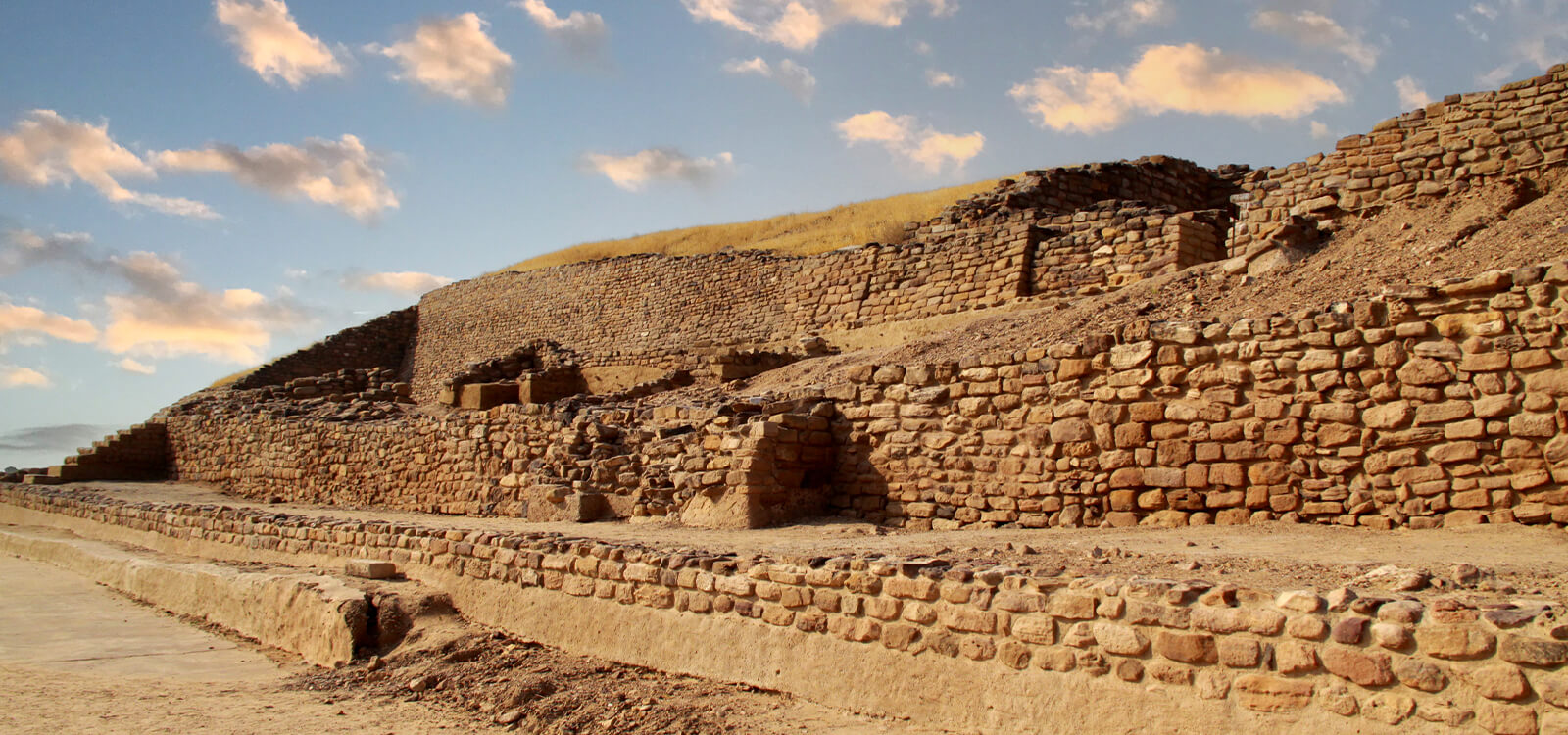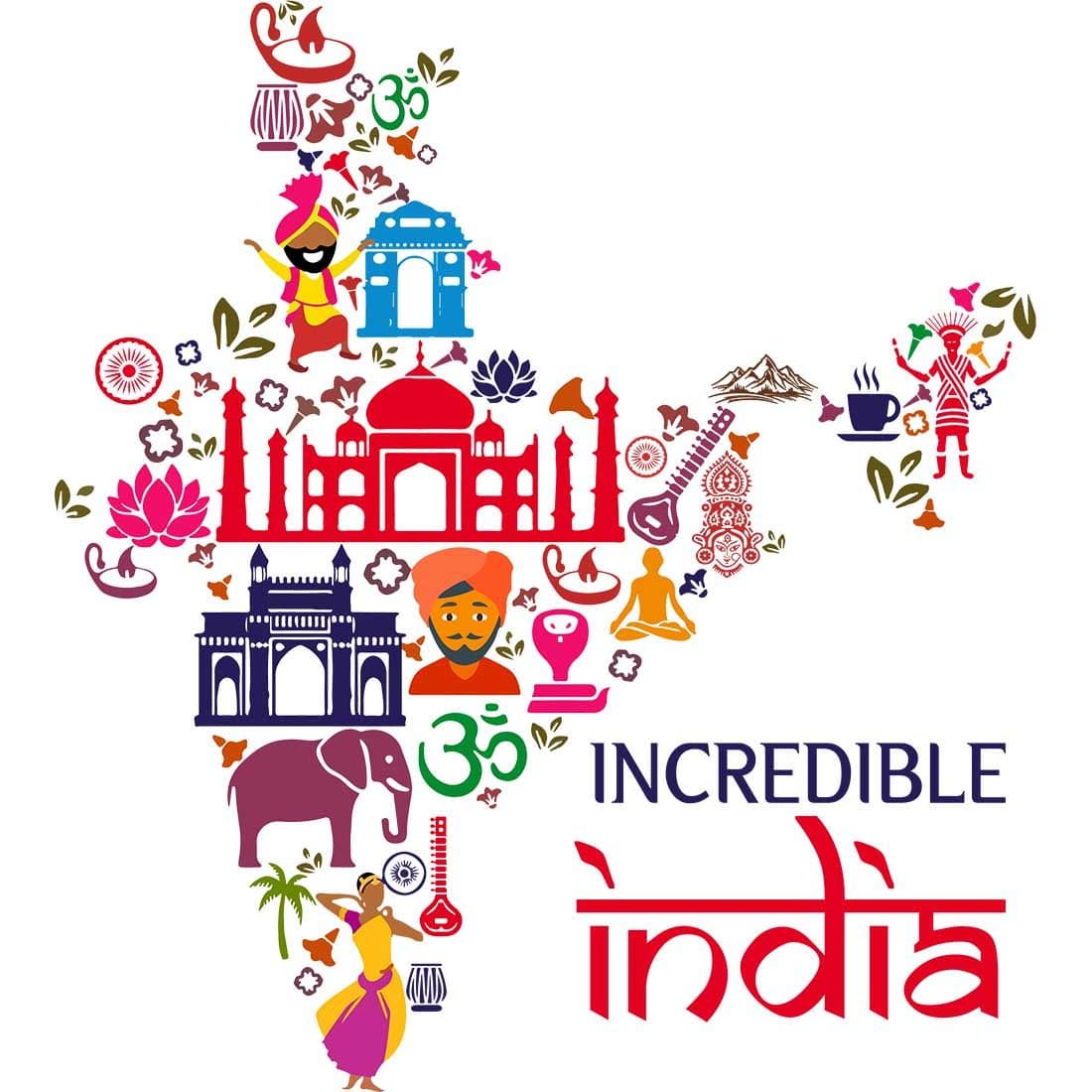India's Ancient Civilization


One of the world’s oldest, flourishing for thousands of years with remarkable achievements in art, architecture, philosophy, and science. From the advanced urban planning of the Indus Valley to the spiritual wisdom of the Vedic age, India’s legacy shaped its culture and influenced civilizations across the globe. Its timeless traditions, temples, and texts reflect a blend of knowledge, spirituality, and creativity, making it a cradle of human progress and cultural richness.
Wiki Link: India’s Ancient Civilization

Indus Valley Civilization
Era: c. 3300 – 1300 BCE
Patron: Urban city-states (Harappa, Mohenjo-daro, Dholavira)
Location: Modern-day Pakistan & northwestern India
One of the world’s earliest urban cultures, known for its advanced city planning, drainage systems, and standardized weights. Cities like Harappa and Mohenjo-daro had wide streets, granaries, and public baths, reflecting remarkable organization. Skilled artisans crafted seals, pottery, and jewelry, while trade connected the civilization with Mesopotamia.
The undeciphered script remains one of its mysteries, offering insights into its communication system. Its decline is still debated, linked to climate change, invasions, or river shifts. The civilization laid the foundation for India’s cultural and economic legacy.

Vedic Age
Era: c. 1500 – 500 BCE
Patron: Early Aryan tribes and priestly scholars
Location: Northern India, especially Punjab & Gangetic plains
Followed the Indus decline, shaping India’s spiritual and cultural identity. The four Vedas—Rigveda, Yajurveda, Samaveda, and Atharvaveda—were composed, focusing on hymns, rituals, and philosophy. Society evolved into varnas (social classes), and agriculture became the backbone of life.
The Upanishads introduced deep spiritual concepts like karma, dharma, and moksha. Vedic traditions influenced later Hinduism, Buddhism, and Jainism. With its oral transmission of knowledge, the era built India’s philosophical foundation. This age also saw the beginnings of political kingdoms and iron technology.

Mahajanapadas & Rise of Kingdoms
The Sensual & Spiritual Marvel
Era: c. 600 – 321 BCE
Patron: 16 powerful kingdoms (Magadha, Kosala, Avanti, etc.)
Location: Northern India, Gangetic plains
The Mahajanapadas were 16 large kingdoms and republics that marked the rise of organized political power in India. Among them, Magadha emerged dominant, setting the stage for future empires. This period also witnessed the birth of Buddhism and Jainism, with Gautama Buddha and Mahavira teaching paths of renunciation and compassion.
Cities grew as centers of trade, learning, and spirituality. The use of coinage, iron tools, and fortified capitals reflected advanced economic and political structures. This was a time of intellectual and religious transformation that shaped Indian society for centuries.

Maurya Empire
Era: c. 321 – 185 BCE
Patron: Chandragupta Maurya, Ashoka the Great
Location: Pataliputra (modern Patna) and across the Indian subcontinent
Founded by Chandragupta Maurya, was the first to unify most of the Indian subcontinent. Guided by Chanakya (Kautilya), Chandragupta established strong governance based on Arthashastra. His grandson, Ashoka the Great, expanded the empire and later embraced Buddhism after the Kalinga War.
Ashoka spread the message of non-violence and dharma through inscriptions on rock edicts and pillars. The Mauryan administration featured efficient taxation, trade regulation, and a strong military. This empire fostered both political unity and cultural exchange, leaving a lasting legacy in Indian history.

Gupta Empire
Era: c. 320 – 550 CE
Patron: Chandragupta I, Samudragupta, Chandragupta II
Location: Pataliputra & northern India
Khajuraho, a UNESCO World Heritage Site, is famous for its detailed sculptures of gods, celestial beings, animals, and erotic figures.
- Kandariya Mahadeva Temple is the largest, with 872 intricate sculptures, some as small as a few inches.
- The temples are aligned astronomically—on certain days, sunlight directly falls on key sculptures.
- The erotic imagery represents Tantric traditions, emphasizing the balance of spiritual and material life.

Post-Gupta & Regional Kingdoms
Era: c. 550 – 1200 CE
Patron: Harshavardhana, Chalukyas, Pallavas, Rashtrakutas
Location: Northern & Southern India
After the Gupta decline, regional powers shaped India’s cultural diversity. Harshavardhana united parts of North India, supporting literature and Buddhism. In the south, the Pallavas built rock-cut temples at Mahabalipuram, while the Chalukyas and Rashtrakutas advanced temple architecture, including the famous Kailasa Temple at Ellora.
Trade with Southeast Asia flourished, spreading Indian culture abroad. This era also saw the rise of devotional movements and early Bhakti traditions. Despite political fragmentation, it was a time of immense artistic, architectural, and intellectual growth.

Age of Tripartite Struggle
Era: c. 750 – 1000 CE
Patron: Palas, Pratiharas, Rashtrakutas
Location: Northern, Eastern & Deccan India
A prolonged conflict among the Palas of Bengal, the Gurjara-Pratiharas of northwestern India, and the Rashtrakutas of the Deccan for control of Kannauj. Each dynasty contributed uniquely to Indian culture. The Palas supported Buddhist learning, establishing great centers like Nalanda and Vikramashila universities.
The Pratiharas defended India from Arab invasions and encouraged temple building. The Rashtrakutas patronized Kannada and Sanskrit literature and built the stunning Kailasa Temple at Ellora. Though politically unstable, this era was rich in artistic, architectural, and intellectual achievements.

Chola Empire
The Underground Stepwell Wonder
Era: 9th – 13th Century CE
Patron: Rajaraja Chola I, Rajendra Chola I
Location: Tamil Nadu & Southeast Asia (via naval expansion)
One of South India’s most powerful dynasties, known for their military might, naval dominance, and cultural contributions. Rajaraja Chola I built the magnificent Brihadeeswarar Temple at Thanjavur, a UNESCO World Heritage site. His son, Rajendra Chola I, expanded the empire overseas, leading successful expeditions to Sri Lanka and Southeast Asia.
The Cholas developed an efficient administration, irrigation systems, and promoted trade across the Indian Ocean. Their bronze sculptures, especially of Lord Nataraja, remain world-renowned. The Chola era stands out as a pinnacle of Tamil art, architecture, and maritime power.

Regional Kingdoms & Transition to Sultanate
Era: c. 1000 – 1200 CE
Patron: Rajput clans, later Cholas, Palas
Location: Northern & Southern India
The last phase of early medieval India was dominated by Rajput kingdoms in the north, including the Chauhans of Delhi and Ajmer, the Solankis of Gujarat, and other warrior clans. They built impressive forts and temples, including the Dilwara Temples of Mount Abu. Meanwhile, the later Cholas continued to flourish in the south but eventually weakened due to internal strife and invasions.
By the late 12th century, repeated raids by Muhammad Ghori led to the decline of Rajput power and paved the way for the Delhi Sultanate. This era marked the transition from early medieval India to Islamic rule in the subcontinent.

